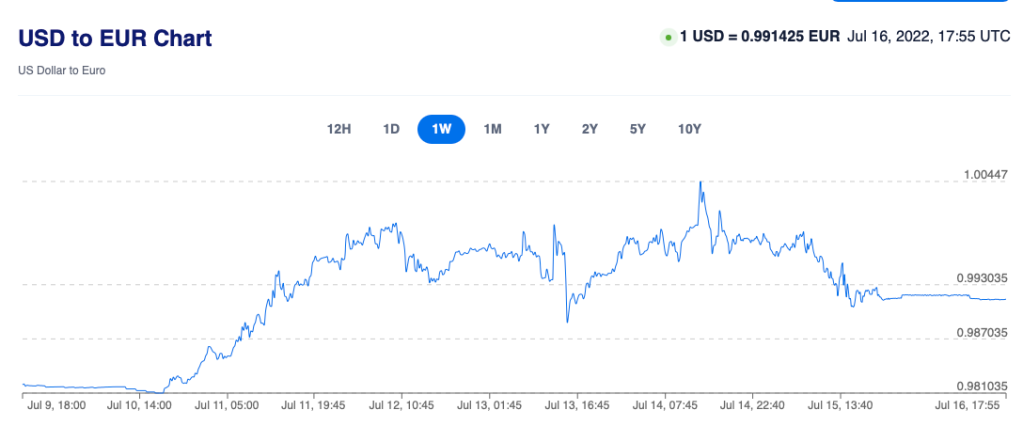Here’s my solution to the Wordle puzzle from yesterday, Sunday, August 7, 2022:

This is a good example of the strategy I generally follow in Wordle:
– start with CRANE, because WordleBot says it’s the best first move. (I used to start with STERN, inspired by the Wheel of Fortune starting letters RSTLNE.)
– usually guess words that are consistent with the information received from previous words. This is what Wordle calls “hard mode” but I don’t actually turn on that setting.
In this case, the E, A, and R in EARTH have different positions from those in CRANE; similarly for RELAY. That in turn forces the position of the R and the E in the fourth word – by the fourth guess the answer must be ??EAR.
So what should my fourth guess be? WordleBot, the New York Times tool for analyzing Wordle play, says that after guessing RELAY, there are three possible solutions, SMEAR, SPEAR, and SWEAR. I believed these were three possible solutions but couldn’t be sure they were the only ones.

Three guesses left, three possible solutions left, so at this point I’m guaranteed to win.
But say I only had two guesses left, and I want to maximize my chance of winning. Then the optimal strategy is to guess a word that includes at least two of P, M, and W – let’s say WIMPY. WIMPY is a wimpy guess in that it’s guaranteed to be wrong, but one of W, M, and P will turn yellow, and this gives the information to get the next guess right. The strategy of guessing SMEAR, SPEAR, and SWEAR in turn has a two-thirds chance of winning.
On the other hand, say I only had one guess left. Then WIMPY has probability zero of winning; any of SMEAR, SPEAR, or SWEAR has two-thirds, so I may as well go for it.
If we ignore the arbitrary six-guess limit, and assume we’re playing to minimize the expected total number of guesses (say, because we have to pay for each guess), then it doesn’t matter what we do – either way the expected number of guesses needed is two. But Wordle collects statistics on how many times you’ve won, and doesn’t compute an average number of guesses, so the framing is really towards maximizing win probability.
There’s a sportsball analogy here. If there’s plenty of time left in the game, playing to maximize the expected number of points is probably the right move; but if there’s little time left, the strategy that maximizes the probability of winning may be different from the probability that maximizes the expected score. Examples include intentional walks in baseball, going for two-point conversions instead of extra points in American football, etc.
Also, picking Sarah Palin as your running mate. That was probably a negative-expectation move for John McCain, but he was already behind. A negative-expectation but high-variance strategy might have been the right one.












